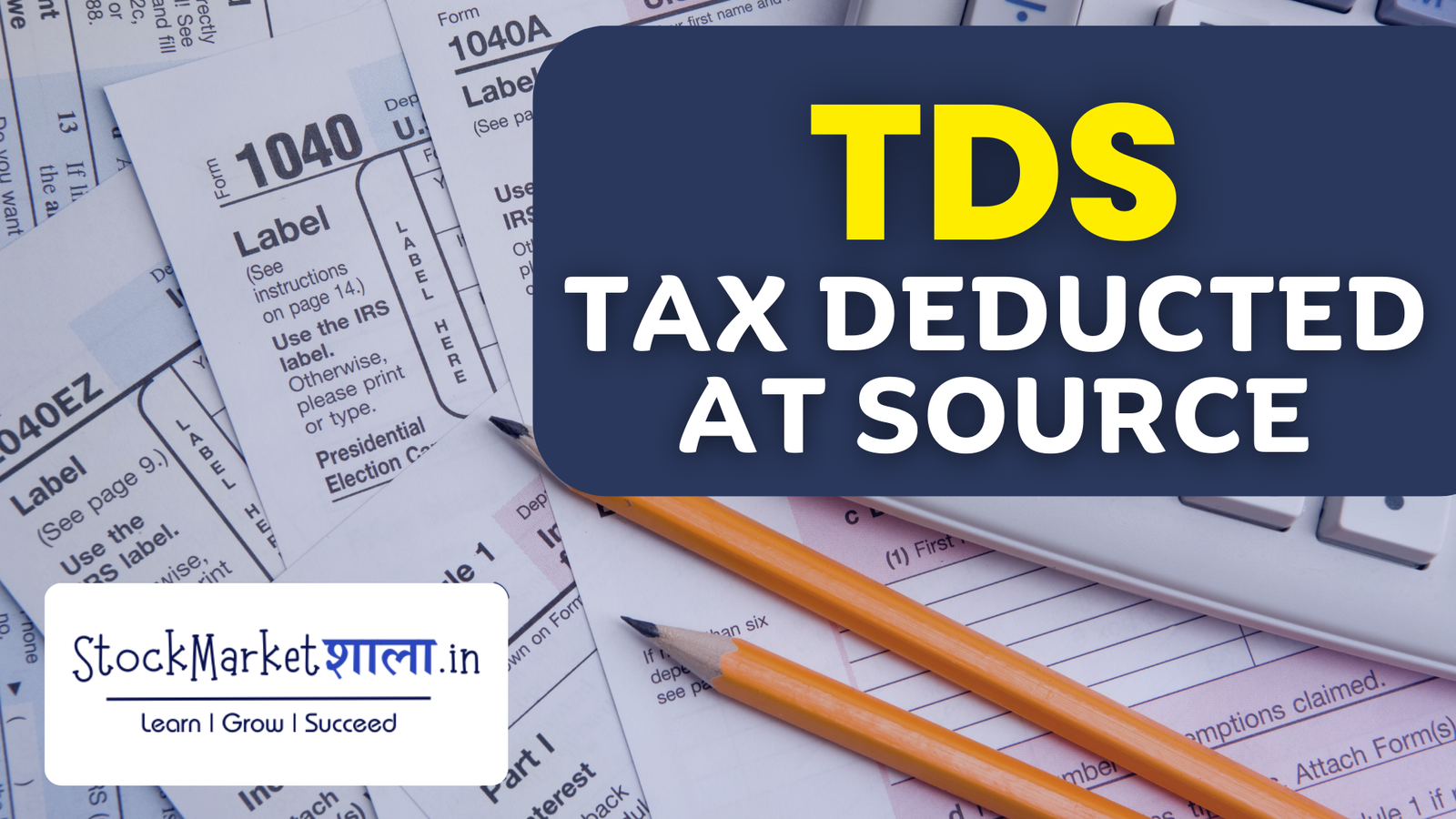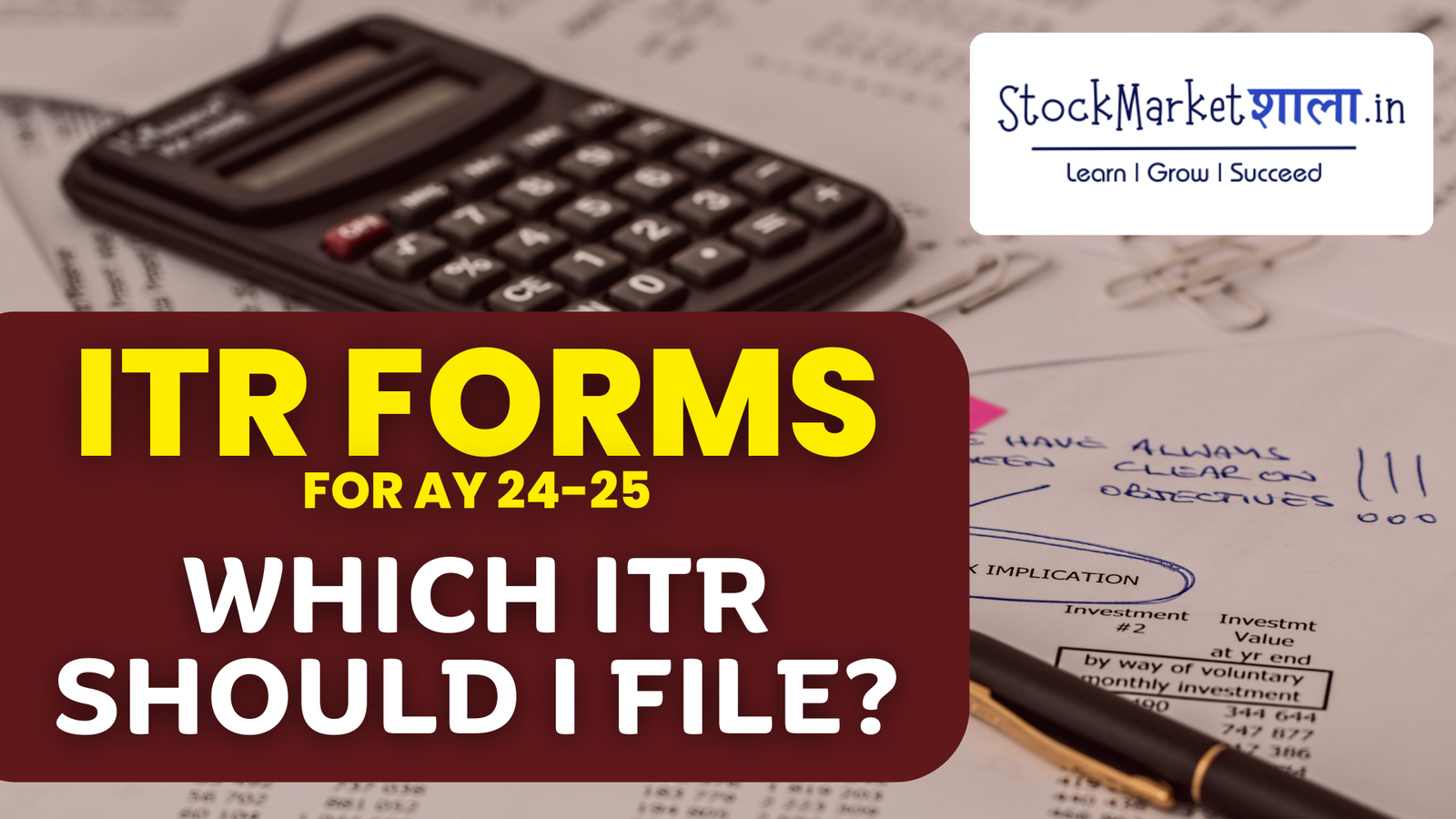Tax Deducted at Source (TDS) is a crucial aspect of the Indian tax system, ensuring tax collection at the source of income. Understanding the types of TDS is essential for both individuals and businesses to comply with tax regulations and manage their finances effectively. So, let’s dive in!
What is TDS (Tax Deducted at Source)?
- Tax Deducted at Source is a system introduced by the Income Tax Department of India to collect tax at the source of an individual’s income.
- The concept is based on the principle of “pay as you earn,” where the government deducts a certain percentage of tax before the income reaches the taxpayer. This method ensures that tax is collected regularly, preventing tax evasion and ensuring a steady flow of revenue for the government.
- It applies to various types of payments such as salaries, interest earned on bank deposits, dividends, rent, professional fees, and more. The person or entity making the payment is responsible for deducting the tax and remitting it to the government on behalf of the recipient.
- The deducted tax is then reflected in the recipient’s Form 26AS, which can be used to file their income tax return and claim credit for the TDS.
- TDS rates vary depending on the nature of the payment and the recipient’s status (individual, company, etc.). The Income Tax Act prescribes the rates, and failure to deduct or remit TDS can result in penalties and interest charges.
Types of TDS
There are several different types of TDS that taxpayers need to be aware of. Each type pertains to a specific category of income or payment, ensuring that tax is deducted at the appropriate rate and from the correct source.
Here are the primary TDS types:
1. TDS on Salary (Section 192)
Employers are required to deduct TDS on salaries paid to employees. The amount is calculated based on the employee’s total income, applicable deductions, and tax slab rates. This ensures that employees pay their taxes throughout the year rather than in a lump sum at the end of the financial year. This type is crucial for maintaining a steady flow of tax revenue and ensuring that employees meet their tax obligations on time.
2. TDS on Interest (Section 194A)
TDS is deducted from interest income from bank deposits, fixed deposits, and other interest-bearing instruments. Banks and financial institutions are responsible for deducting if the interest amount exceeds a specified threshold. This helps collect taxes on passive income sources, ensuring that individuals and entities earning significant interest income contribute their fair share of taxes.
3. TDS on Dividend (Section 194)
Companies paying dividends to their shareholders must deduct TDS if the dividend amount exceeds a certain limit. This applies to resident and non-resident shareholders, ensuring tax is collected on investment income. Dividends are a form of income distribution, and this deduction on dividends ensures that the government receives its due share from this income.
4. TDS on Rent (Section 194I)
TDS is deducted on land, buildings, machinery, or equipment rent payments. This type applies to individual and corporate tenants, with the rentpayer responsible for deducting tax. By tax collected at the source, the government ensures that rental income is taxed appropriately, preventing tax evasion in the real estate and leasing sectors.
5. TDS on Professional Fees (Section 194J)
Payments made to professionals such as doctors, lawyers, consultants, and freelancers are subject to TDS. This ensures that individuals earning income from professional services contribute to the tax system. Professional fees are often significant, and deduction on these payments helps collect regular taxes from high-earning professionals.
6. TDS on Commission and Brokerage (Section 194H)
TDS is deducted on payments made as commission or brokerage. This applies to various intermediaries such as agents, brokers, and representatives, ensuring tax is collected on income earned from intermediary services. Commissions and brokerage fees are common in real estate, finance, and insurance industries, and this deduction ensures that this income is taxed appropriately.
7. TDS on Contractor Payments (Section 194C)
Payments to contractors and subcontractors for work or services rendered are subject to TDS. This covers a wide range of services, from construction to catering, ensuring that tax is collected from the service industry. By deducting tax from contractor payments, the government ensures that businesses and individuals involved in service contracts contribute to the tax system.
8. TDS on Sale of Property (Section 194IA)
TDS applies to the sale of immovable property, such as land or buildings, if the transaction value exceeds a specified limit. The buyer is responsible for deducting TDS from the sale proceeds and remitting it to the government. This helps track and tax high-value real estate transactions, preventing tax evasion in property sales.
9. TDS on Insurance Commission (Section 194D)
TDS is deducted from commissions paid to insurance agents. This ensures that income earned by agents from commission is taxed appropriately. Insurance commissions can be substantial, and deduction on these payments ensures regular tax collection from the insurance sector.
10. TDS on Lottery and Prize Winnings (Section 194B)
Winnings from lotteries, game shows, and other prizes are subject to TDS. The event organiser deducts TDS before disbursing the winnings to the recipient. This type ensures that windfall gains from lotteries and prizes are taxed, contributing to the government’s revenue.
11. TDS on Payments to Non-Residents (Section 195)
Any payment made to non-residents, including interest, royalties, technical fees, and other income, is subject to TDS. This ensures that tax is collected on income earned by non-residents from sources within India. By imposing tax deductions on payments to non-residents, the government ensures that income generated within the country by foreign entities is appropriately taxed.
12. TDS on E-commerce Transactions (Section 194O)
E-commerce operators must deduct TDS on payments made to sellers using their platform. This type ensures that income generated through e-commerce activities is taxed. With the rise of e-commerce, TDS’s role in these transactions ensures that sellers on online platforms contribute to the tax system.
Each type of Tax Deducted at Source serves a specific purpose and is designed to ensure that tax is collected from various income sources. Understanding these different types of TDS helps taxpayers comply with tax regulations and manage their finances effectively.
Conclusion
By understanding the types of TDS, taxpayers can better navigate the tax landscape and ensure compliance with tax laws. Each TDS type addresses specific income sources, making it a comprehensive method for tax collection.


